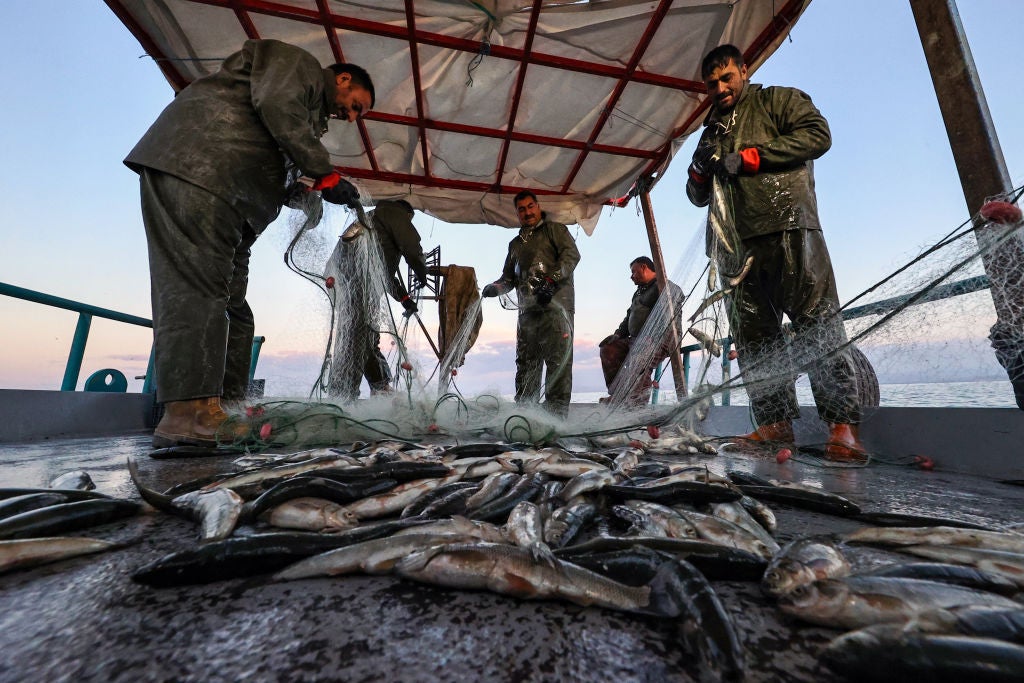
A “blue transformation” in how the world produces, manages, trades and consumes aquatic foods is crucial if the UN Sustainable Development Goals are to be met by their target date of 2030, the Food and Agriculture Organization has said.
The latest State of the World Fisheries and Aquaculture (Sofia) report by the UN’s Food and Agriculture Organization (FAO), said the proportion of fishery stocks within biologically sustainable levels decreased from 90% in 1974 to 64.6% in 2019.
Maximally sustainably fished stocks stood at 57.3% and underfished stocks at 7.2%, according to the report, which was launched yesterday (29 June) during the UN Ocean Conference in Lisbon.
Nevertheless, despite worsening trends by number, in 2019, biologically sustainable stocks accounted for 82.5% of the landings of aquatic products, a 3.8% increase from 2017. For example, on average 66.7% of the stocks of the ten species most landed in 2019 were fished within biologically sustainable levels, slightly higher than in 2017. The report said that demonstrates that larger stocks are being managed more effectively.
According to the report, aquatic food production is forecast to increase by a further 15% by 2030, mainly through intensifying and expanding sustainable aquaculture production. “Such growth must preserve aquatic ecosystem health, prevent pollution, and protect biodiversity and social equality,” the report said.
Fisheries production reaches all-time high in 2022
The 2022 edition of the Sofia report said the growth of aquaculture, particularly in Asia, lifted total production of fisheries and aquaculture to an all-time high of 214 million tonnes in 2020, comprising 178 million tonnes of aquatic animals and 36 million tonnes of algae.

US Tariffs are shifting - will you react or anticipate?
Don’t let policy changes catch you off guard. Stay proactive with real-time data and expert analysis.
By GlobalDataAs the sector continues to expand, the FAO said more targeted transformative changes are needed to achieve a more sustainable, inclusive and equitable fisheries and aquaculture sector, what it describes as “a blue transformation”.
The report’s blue transformation drive aims to change aquaculture production by:
- increasing the development and adoption of sustainable aquaculture practices
- integrating aquaculture into national, regional and global development strategies and food policies
- expanding and intensifying aquaculture production to meet the growing demand for aquatic food and enhancing inclusive livelihoods
- improving capacities at all levels to develop and adopt innovative technology and management practices for a more efficient and resilient aquaculture industry.
“The growth of fisheries and aquaculture is vital in our efforts to end global hunger and malnutrition but further transformation is needed in the sector to address the challenges,” said FAO director-general QU Dongyu. “We must transform agrifood systems to ensure aquatic foods are sustainably harvested, livelihoods are safeguarded, and aquatic habitats and biodiversity are protected.”



